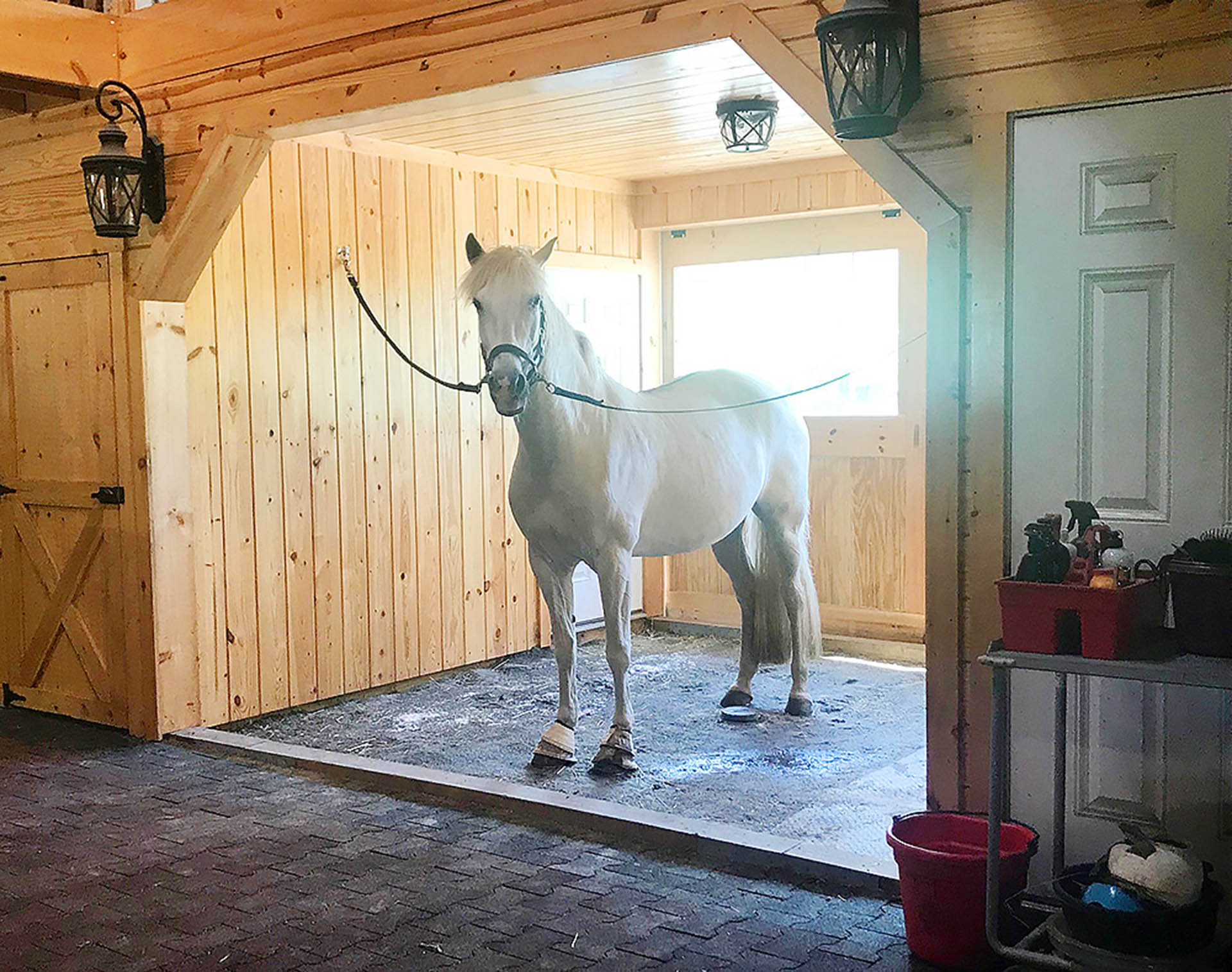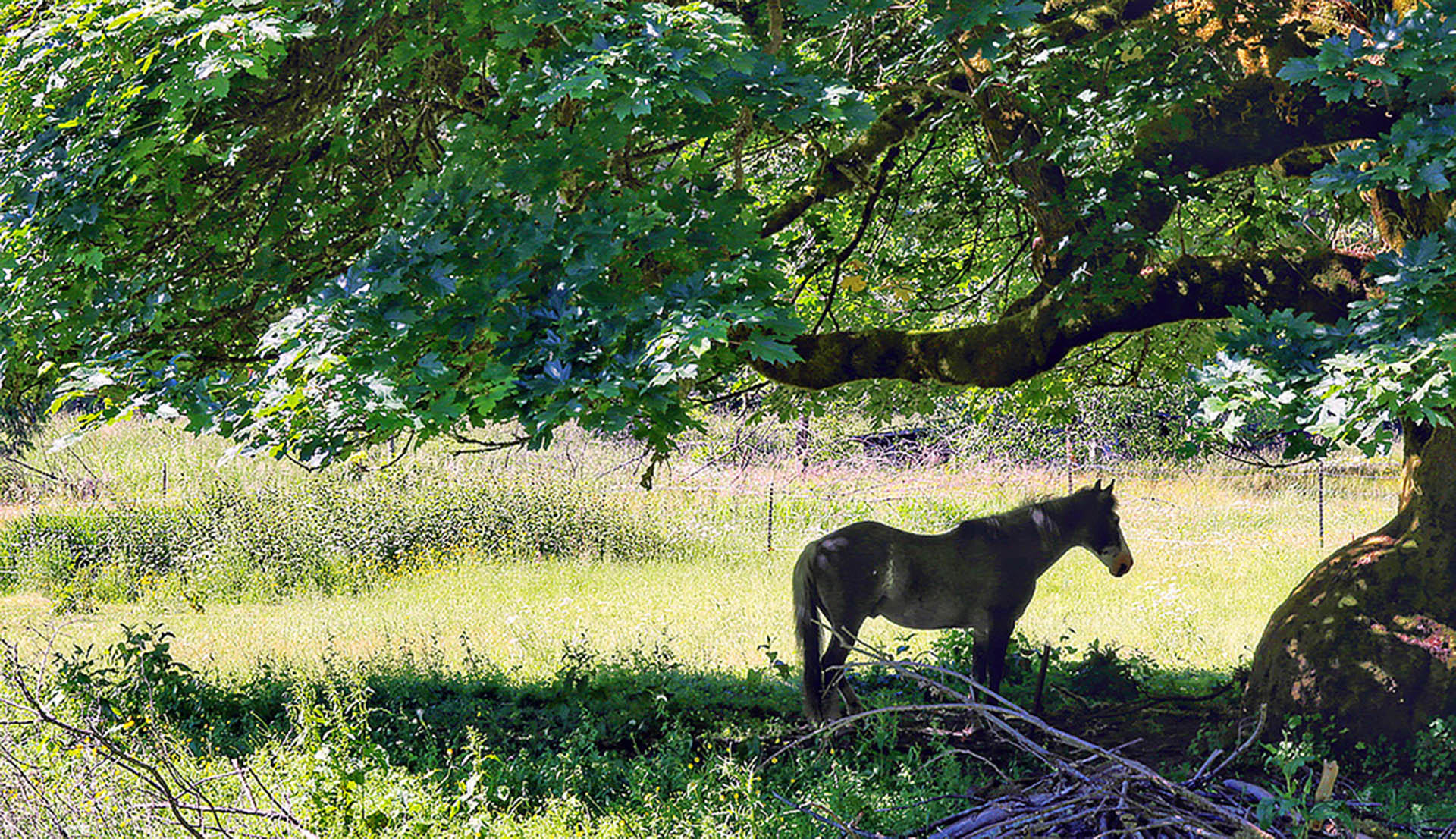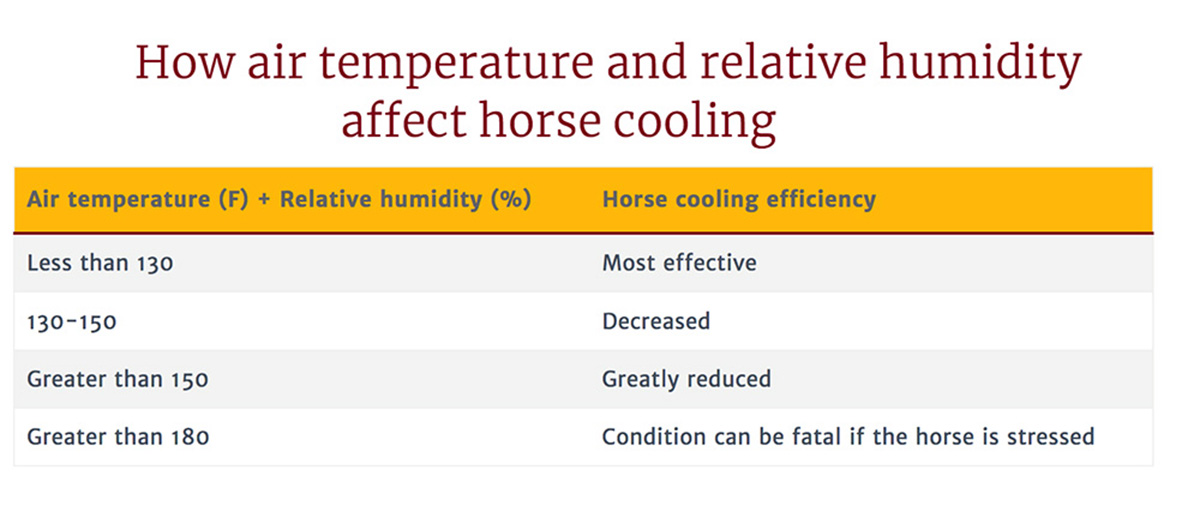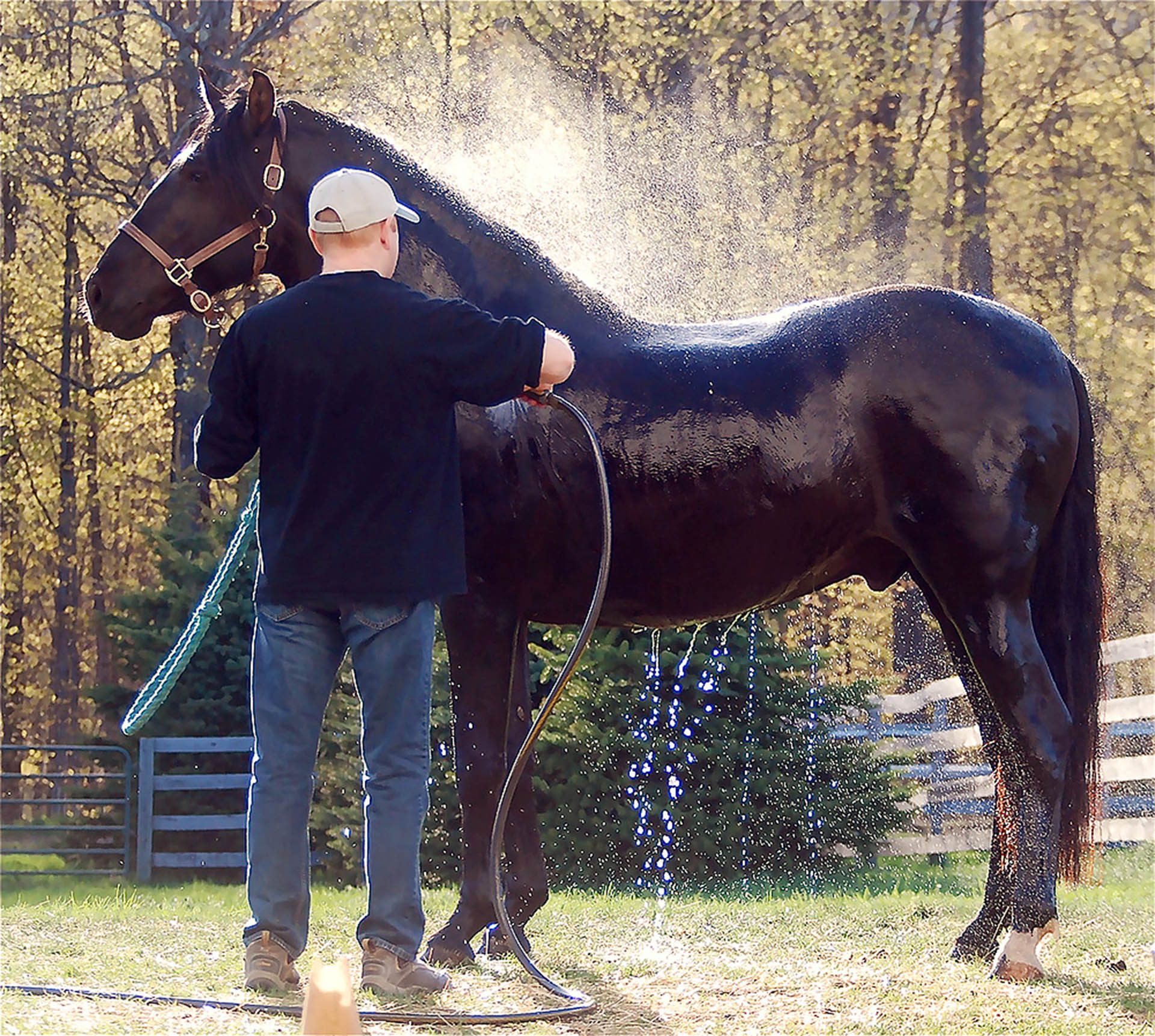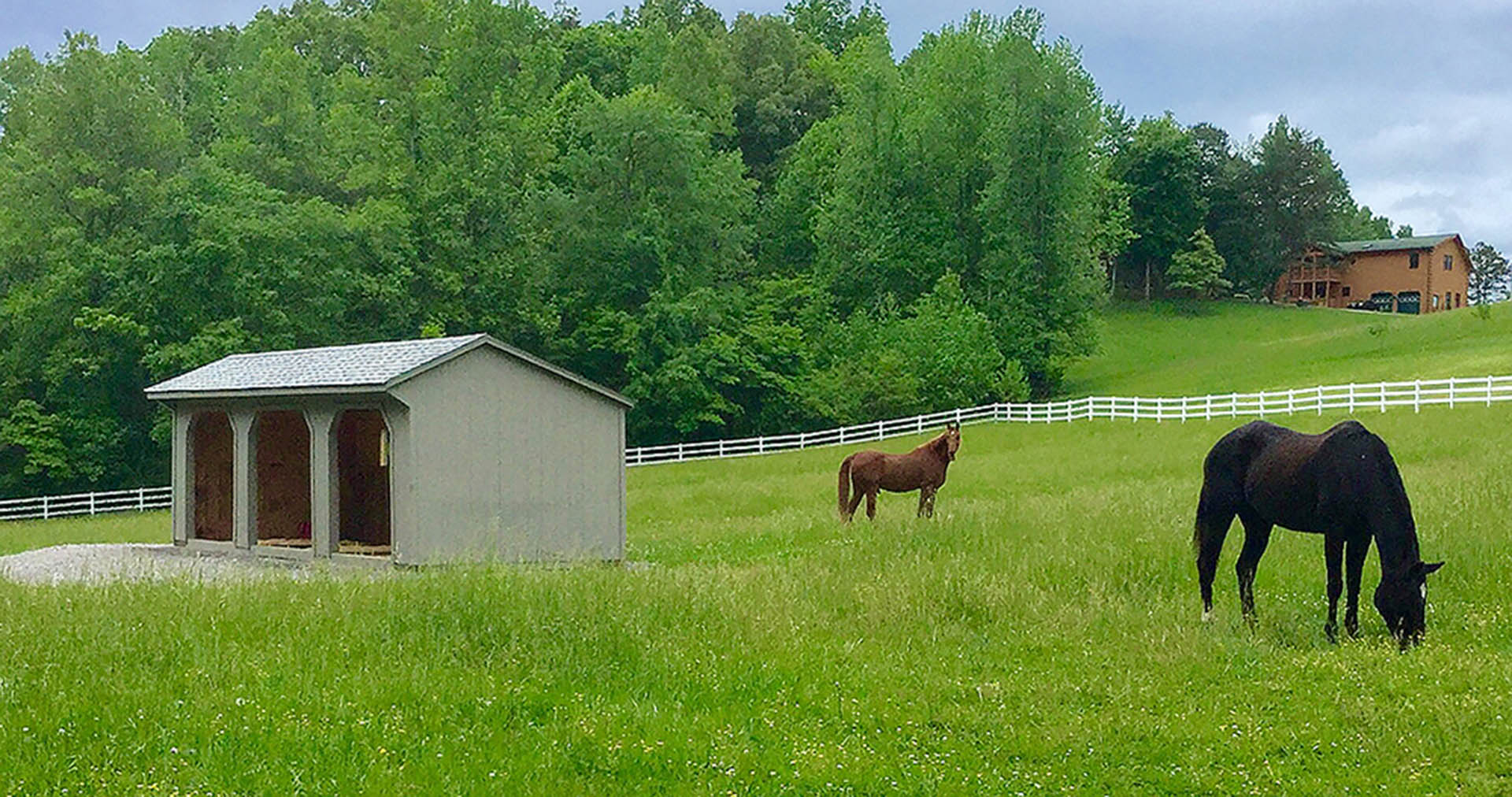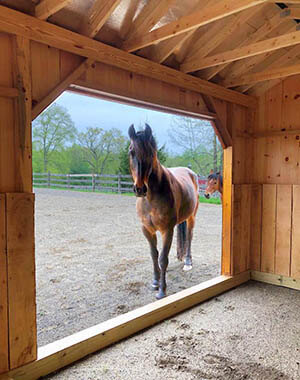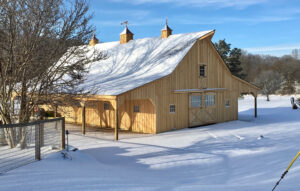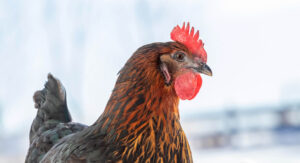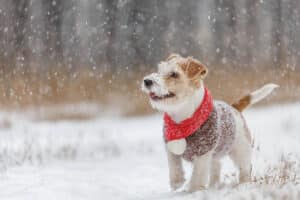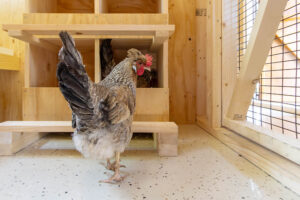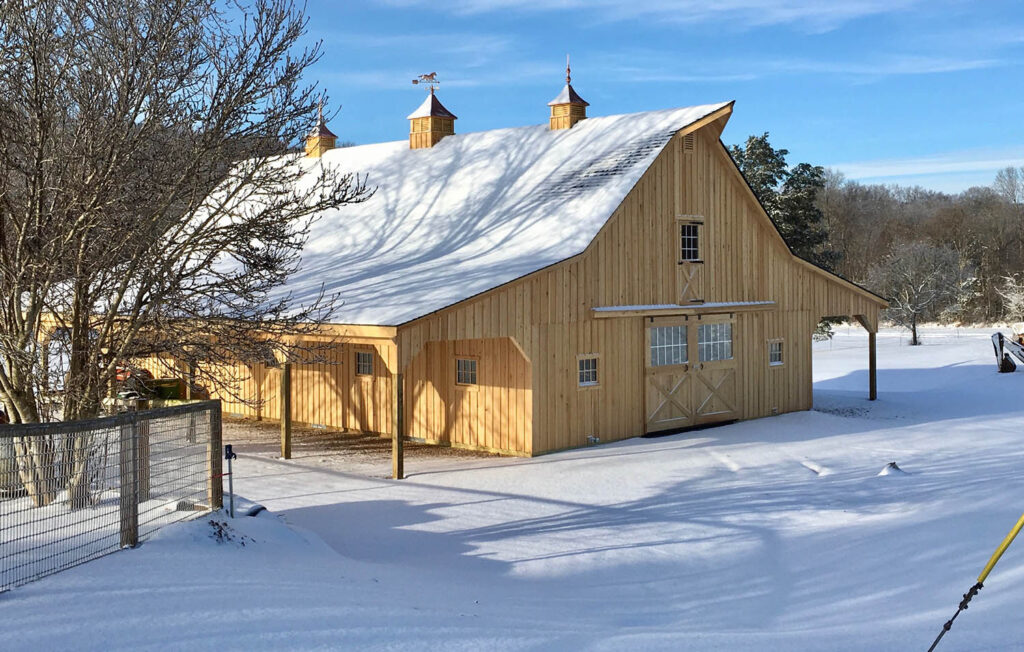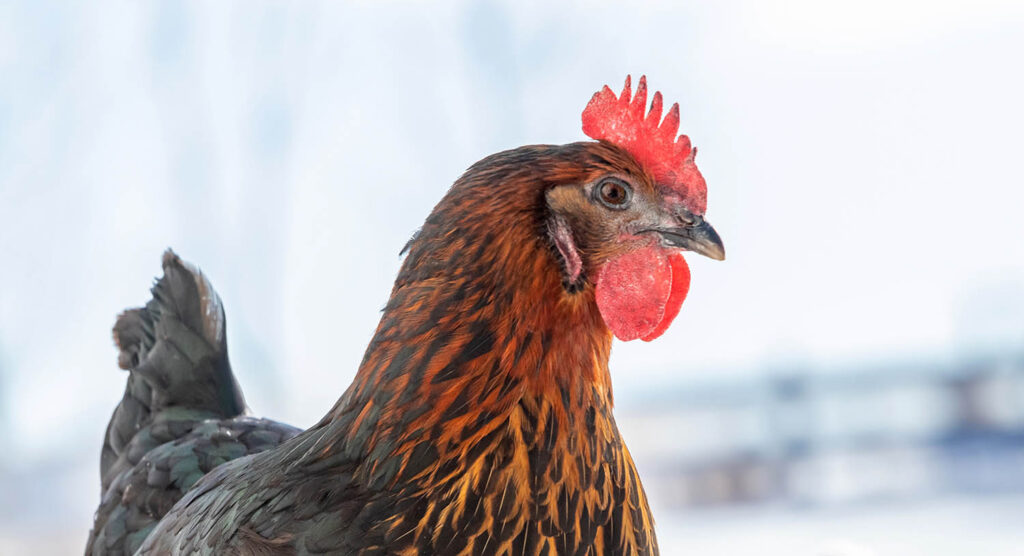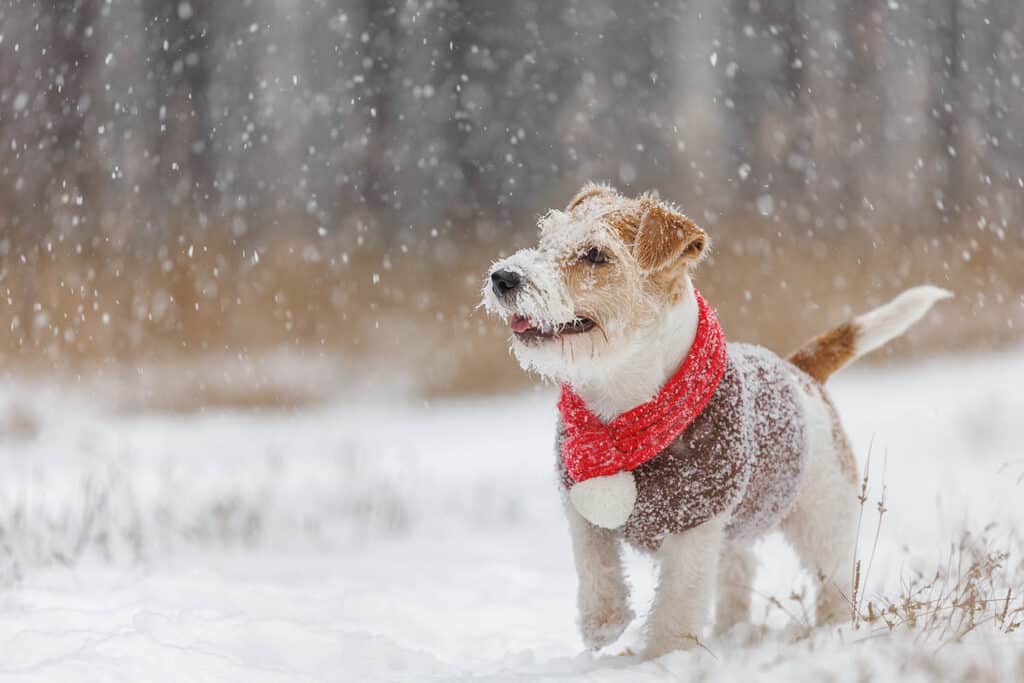Like most good horse owners, you’ve probably considered the need for shelter from the sun, wind, rain and snow for your horse. The humble run-in shed offers a flexible and inexpensive solution for horse housing that enables your equine partner to seek cover when it feels the need.
Horses are surprisingly adaptable to weather changes especially when we don’t over manage their needs. In winter our desire to “take care” of them by shutting them inside or providing layers of blankets can backfire miserably with horses unable to sustain their own thermostatic balance through the ability to move, sweat and garner the necessary ventilation for lung health and dissipate moisture on their skin surface.
When we clip, bathe away natural oils and generally interfere with Mother Nature we may further complicate their overall health. These activities don’t just affect a horse during winter months but also in summer. Horses can and do suffer heat stroke, photosensitivity, heat stress, dehydration, muscle spasms and colic, sunburn and other skin issues. Whatever the weather, free access to clean water is critical for the horse to manage its own metabolic health and temperature regulation.
You may notice your horse will seek the shelter of a run-in shed or line of trees more in summer than winter. It is not just the heat of direct sunrays the horse is attempting to avoid, the shady environment is less attractive to annoying insects and if properly sited can still provide a cooling breeze or flow of wind to dry the sweat that the horse will naturally produce to self-regulate its body temperature.
The air temperature and relative humidity greatly affect the horse’s ability to cool itself and reduced electrolytes in the horse’s system due to excessive sweating can cause metabolic health issues. Take a look at this chart on horse cooling efficiency from the University of Minnesota studies.
If you have concerns that your horse is overheating or suffering from heat stress it is important to take immediate action. A cool bath, electrolyte replacement, and possible veterinary assistance may be required. For more detailed suggestions on handling heat related equine health issues CLICK HERE.
A horse with a thick winter coat that is moved from a cold, snowy winter environment to a humid, sticky region will need some help to adapt to its new climate. Similarly, a horse that is used to warmer temperatures and has a shorter coat, will require help to adjust to rainy, cold or snowy days. The most important factor is not just whether to clip or blanket, but also to give the horse time to adjust to the new temperatures and weather elements. Obviously, a horse that is ill or metabolically challenged, under or overweight, elderly or very young, will have more difficulty adapting to a change in climate than one that is strong and healthy.
A horse sheltering under a tall spreading deciduous tree in the middle of the field is at risk for electrocution from lightning and as the sun shifts in the sky the rays of the sun can still permeate the canopy, as can adverse weather such as hail or rain. It is more effective to add a run-in shed to the pasture that can provide shelter when needed by the horse.
A prefabricated horse run-in shelter with tow hooks can be an invaluable resource for the horse owner as instead of it being stuck in one place, it can be readily moved around the property with a small tractor as seasons change. In the winter, its back can be placed to the North/North East wind to shelter from snow storms and in the summer it can be reversed with its back to the South, to shelter the horse from the sun as it arcs across the sky from East to West.
It may be placed in fields further “afield” that are only accessible for summer grazing and then brought back closer to the homestead for winter months. It can also be moved to higher, drier ground during mud season.
Horses may shiver in winter and sweat in the summer, and this reflects their body is doing its job and managing its own thermoregulation. When the opportunity is provided for shelter, the horse is a good judge of whether or not it needs to utilize the option. Horses will ‘weather the weather’ just fine, with a little sensible help from their caregivers.
If you are on the hunt for a horse run-in shelter take a look at the array of available options for size, siding and roofing that experienced prefabricated run-in shed builder Horizon Structures has on offer. When making your selection it is best to choose a run-in shed that is wider rather than deeper if it is to service more than one horse, to avoid any herd member becoming cornered by a pasture mate.
You will note that Horizon Structures sheds address this need. Lining the interior with wooden kickboards is a sensible option and avoid using metal siding where the exterior walls will come into direct contact with horses to minimize the risks of an errant kick penetrating the metal and causing soft tissue injury.
As an experienced manufacturer Horizon Structures knows horses and has proven experience delivering a high-quality crafted product that provides a “to the penny” quote including delivery. Additionally, check out their supply of ‘in a hurry, don’t worry’ options with stock on the lot that is available for immediate delivery without a building wait time.


